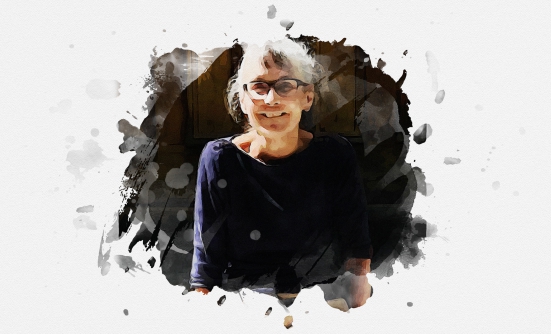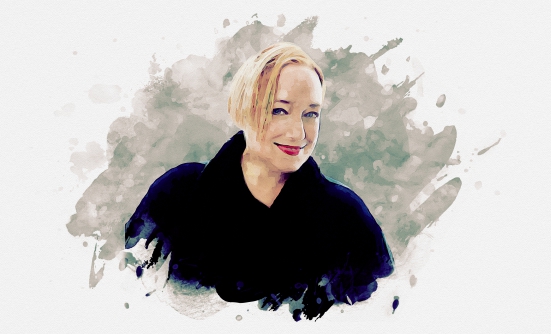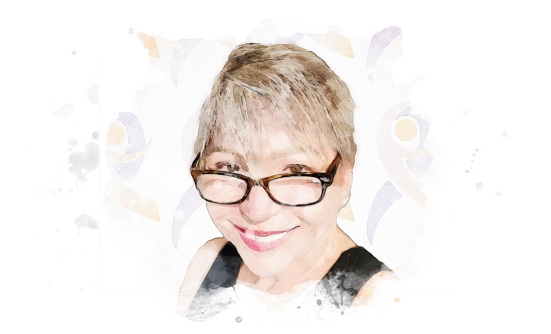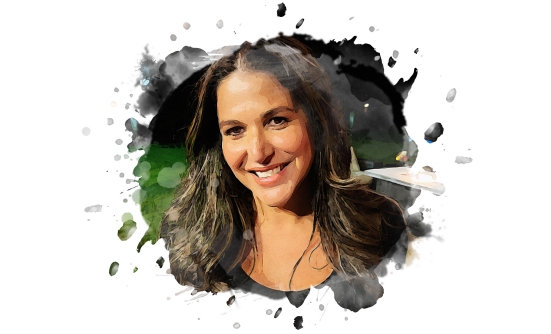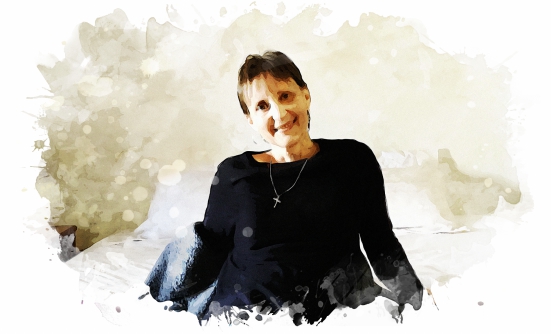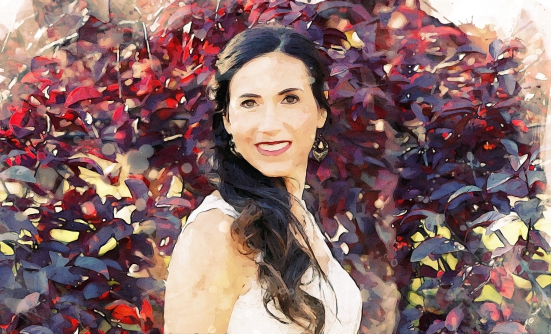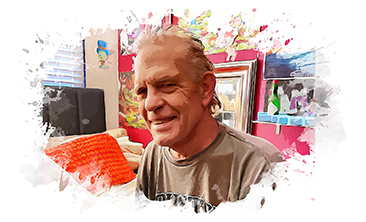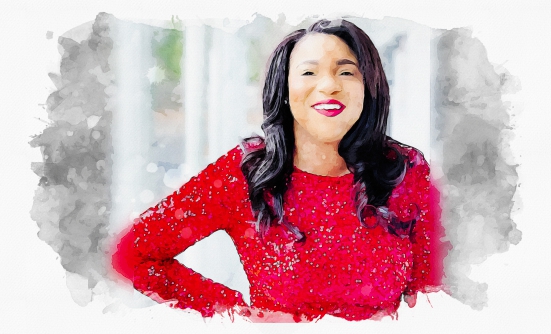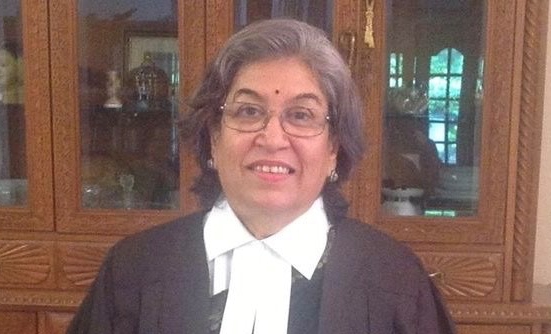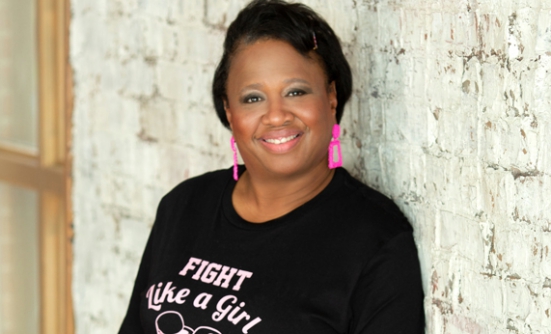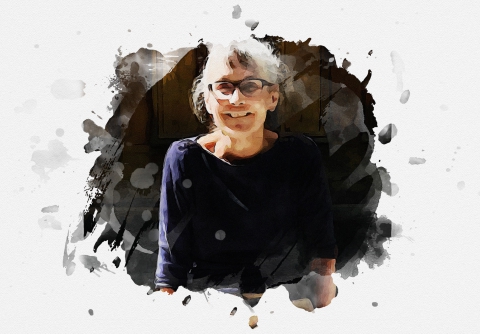
Before retirement, my work life involved helping children who have experienced trauma. They have had things done to them that they didn’t ask for and certainly didn’t deserve. This has caused emotional scars that left them afraid and plagued with insecurities. Yet, they continue to show up at school every day, do their work, pushing through barriers known only to them. They have assembled weapons to protect themselves. A mask hides their emotions, while invisible armor is donned, in the hopes they appear tough enough to guard against further hurts. Their quiet courage reveals itself in those moments when they let their guard down—smiling at a friend, or laughing at a corny joke. Watching them at play, I admired their strength and resiliency. One would never guess what monsters lay within. Although I have always been able to understand these children, I never thought I had much in common with them. Until I was diagnosed with cancer.
My diagnosis of stage IV non–small cell lung cancer (NSCLC) came out of nowhere. Like most of us with NSCLC, I had never smoked. I was in good shape, especially for a woman in her late fifties. I routinely started almost every day with a 5- to 7-mile run before heading off to my job as a behavior analyst. Following one of those morning runs in late 2019, I felt a little sluggish. I went to my doctor thinking it might be a chest cold. I wanted to deal with it quickly, as I had a race that weekend. That was a Monday. By Thursday, after an x-ray and a CT scan, I heard the words “You have cancer.” An oncologist was suddenly part of my new life, as well as biomarker testing, more CT scans, and biopsies. The final results came a few weeks later: “Inoperable,” they said. “Terminal,” they said. And, like my inspiring child-warriors, I donned my own invisible armor, and began to assemble my weapons.
My first weapon came as a result of the biomarker test. It showed that my cancer erupted as the result of a rogue cell, driven (in my case) by a rare ALK gene. I was therefore armed with gene-targeted therapy, aimed at sending the cancer into hiding, at least temporarily. I assembled a team of doctors who strategize next steps, continually looking for the next weapon. Family and friends cheer from the sidelines, and faith is ever present.
I found a group of people who are also fighting ALK+ cancer. Called ALK Positive Incorporated, our group is small but mighty, complete with a Board and a CEO. Our annual conferences are well attended by patients and professionals alike. Most impressively, we fund our own research. That means that researchers and fighters truly band together to fight this battle. When we hear our researchers optimistically describe the new, powerful weapons they are creating, victory seems within reach. Some have even used the word “cure” in their monthly talks with our group. This research has allowed the troops to don a cloak of hope over our armor. Like those young children with their teams of advocates, we do no not fight alone.
As any fighter will tell you, no matter the number of weapons you carry or the teammates you have, some days are just really hard. Fatigue is my daily nemesis. Nausea and other symptoms can slay me. Fear and faith continually play a game of tug-of-war. And I am forced to say good-bye too often. Yes, there are chinks in the armor. I miss the days when children were my main focus, before my own battles prevented me from helping them fight theirs. These same students have unknowingly become the teachers, and their lessons remain with me, especially during the toughest days. I see their smiles and hear their laughter, and can’t help but smile and laugh as well. I think about how much we now have in common, both fighting a monster within. Our separate battles have made us comrades. My big hope is to fight my battle with that same courage and tenacity. And I hope we all win.
Who would have guessed that the littlest warriors would become my biggest inspiration?
The ESSAY column in Conquer is devoted to lifting the voices of people touched by cancer.
Read more essays or submit yours.





